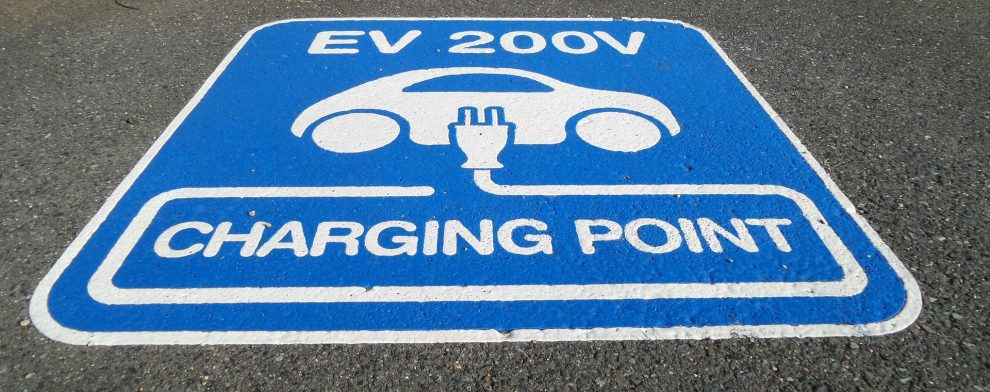Wireless EV charging is similar to charging a cell phone by placing it on a charging pad instead of plug-in cables
Electric Vehicle (EV) charging technology has seen tremendous growth in terms of technology and standardization over the past many years. Standardization of charging systems for EVs is critical in order to ensure that the same charging device is interoperable across different vehicles and charging stations.
China recently announced a new standard for “wireless EV charging.” Wireless charging is an essential propeller of autonomous vehicles – a trend that is gaining traction world over. Standardization of charging infrastructure is essential in this regard and China has managed to accomplish this after years of research and development.
The GuoBiao (GB) standard for wireless EV charging is reliant upon technology developed by WiTricity. The entity is an MIT (Massachusetts Institute of Technology) spin-out company that deals with the wireless transfer of electricity in multiple applications. WiTricity has been collaborating with China in developing the wireless EV standardization process for the last four years. The company, consisting of mostly MIT academia, has been working with the GB standard committee on technical issues as well as integrating the Chinese standard with other international standards (SAE J2945, ISO 19363, IEC 61980).
Wireless EV charging is similar to charging a cell phone by placing it on a charging pad instead of plug-in cables. In order to be charged, the electric car will have to be parked over a charger which will be embedded on the ground beneath the vehicle. The need to lift heavy cables or even store cables will be eliminated. It’s a simple park and charge process, creating convenience and ease of charging.
Ditch the Wire: How does Wireless EV Charging Work?
Wireless car chargers operate on a phenomenon called inductive charging – electricity is transferred (wirelessly) through an “air gap” from one magnetic coil in the charger to a second magnetic coil fitted in the car (EV). The process is as simple as parking the vehicle in the correct place so that the coils are aligned with each other and the charging begins.
Commercial wireless chargers like those produced by Plugless, pass electricity across an air gap of four inches and need a wireless adaptor to be fitted to the base of the vehicle.
WiTricity ascertains that its magnetic resonance technology produces similar power, efficiency and charging rates as conventional plug-in charging methods.
“It’s a significant milestone for WiTricity to have our patented wireless charging technology embraced in the Chinese GB national standard. China is the world’s largest EV market, the global EV trend setter, and a key market for WiTricity,” said Alex Gruzen, CEO of WiTricity.
There are multiple automakers worldwide that are adopting wireless charging technology. BMW will start selling a wireless charging pad for one of its hybrid vehicles. US based company, Plugless, sells wireless EV chargers that power Tesla Model S, BMW i3, Nissan Leaf and Chevrolet Volt.
Charging while driving is the next step in charging technology. This entails the ability to charge an EV while driving through chargers embedded into the surface of the road. Qualcomm is a company working on both wireless charging and charging while driving technology.














Add Comment